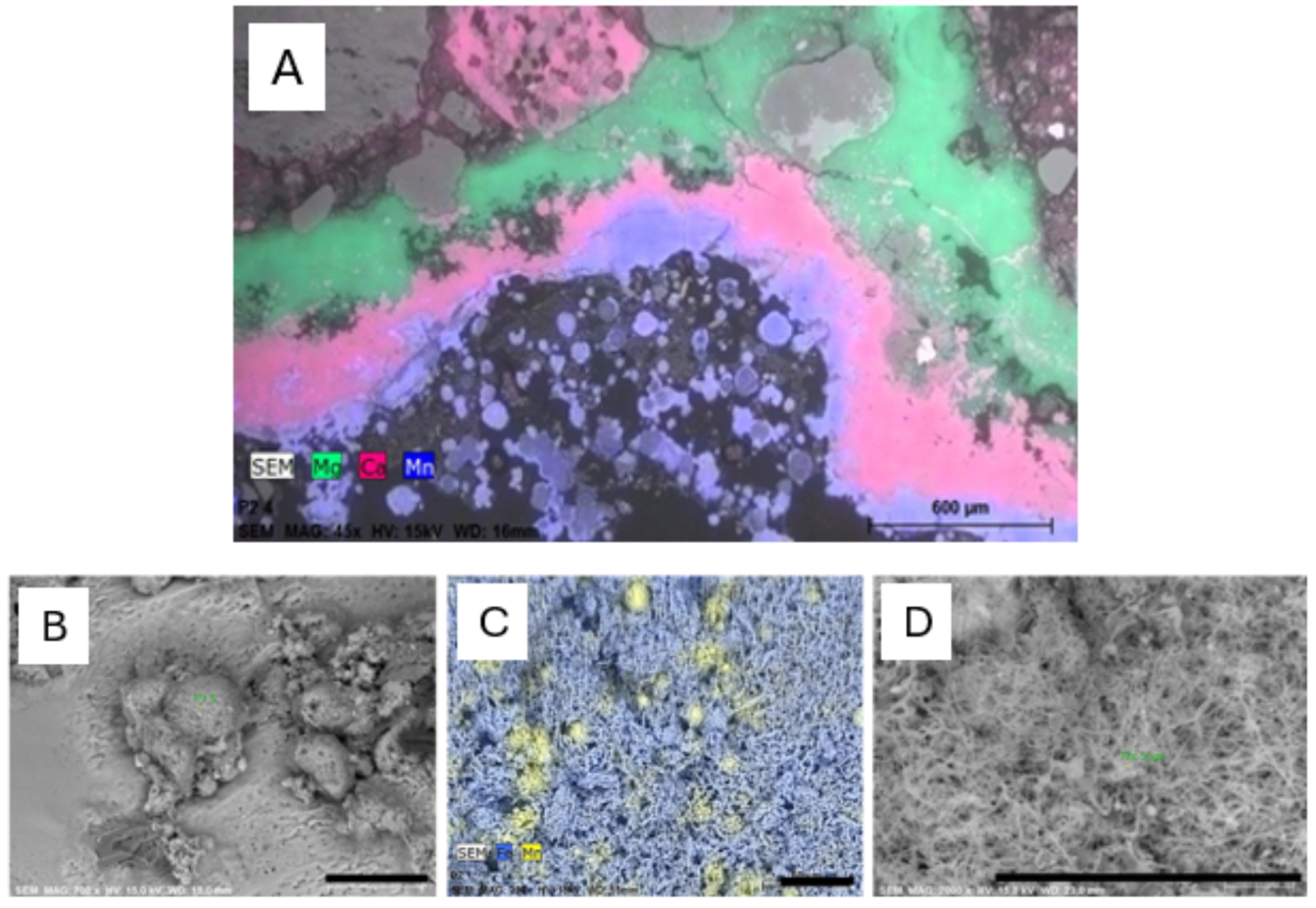2025-04-15 チャルマース工科大学
<関連情報>
- https://news.cision.com/chalmers/r/concrete-in-road-tunnels-decomposes-unexpectedly-fast,c4135767
- https://www.nature.com/articles/s41598-024-73911-w
海底トンネル吹付けコンクリート劣化の主要メカニズムとしてのN、S、Fe、Mn酸化による微生物酸性化 Microbial acidification by N, S, Fe and Mn oxidation as a key mechanism for deterioration of subsea tunnel sprayed concrete
Sabina Karačić,Carolina Suarez,Per Hagelia,Frank Persson,Oskar Modin,Paula Dalcin Martins & Britt-Marie Wilén
Scientific Reports Published:30 September 2024
DOI:https://doi.org/10.1038/s41598-024-73911-w

Abstract
The deterioration of fibre-reinforced sprayed concrete was studied in the Oslofjord subsea tunnel (Norway). At sites with intrusion of saline groundwater resulting in biofilm growth, the concrete exhibited significant concrete deterioration and steel fibre corrosion. Using amplicon sequencing and shotgun metagenomics, the microbial taxa and surveyed potential microbial mechanisms of concrete degradation at two sites over five years were identified. The concrete beneath the biofilm was investigated with polarised light microscopy, scanning electron microscopy and X-ray diffraction. The oxic environment in the tunnel favoured aerobic oxidation processes in nitrogen, sulfur and metal biogeochemical cycling as evidenced by large abundances of metagenome-assembled genomes (MAGs) with potential for oxidation of nitrogen, sulfur, manganese and iron, observed mild acidification of the concrete, and the presence of manganese- and iron oxides. These results suggest that autotrophic microbial populations involved in the cycling of several elements contributed to the corrosion of steel fibres and acidification causing concrete deterioration.



